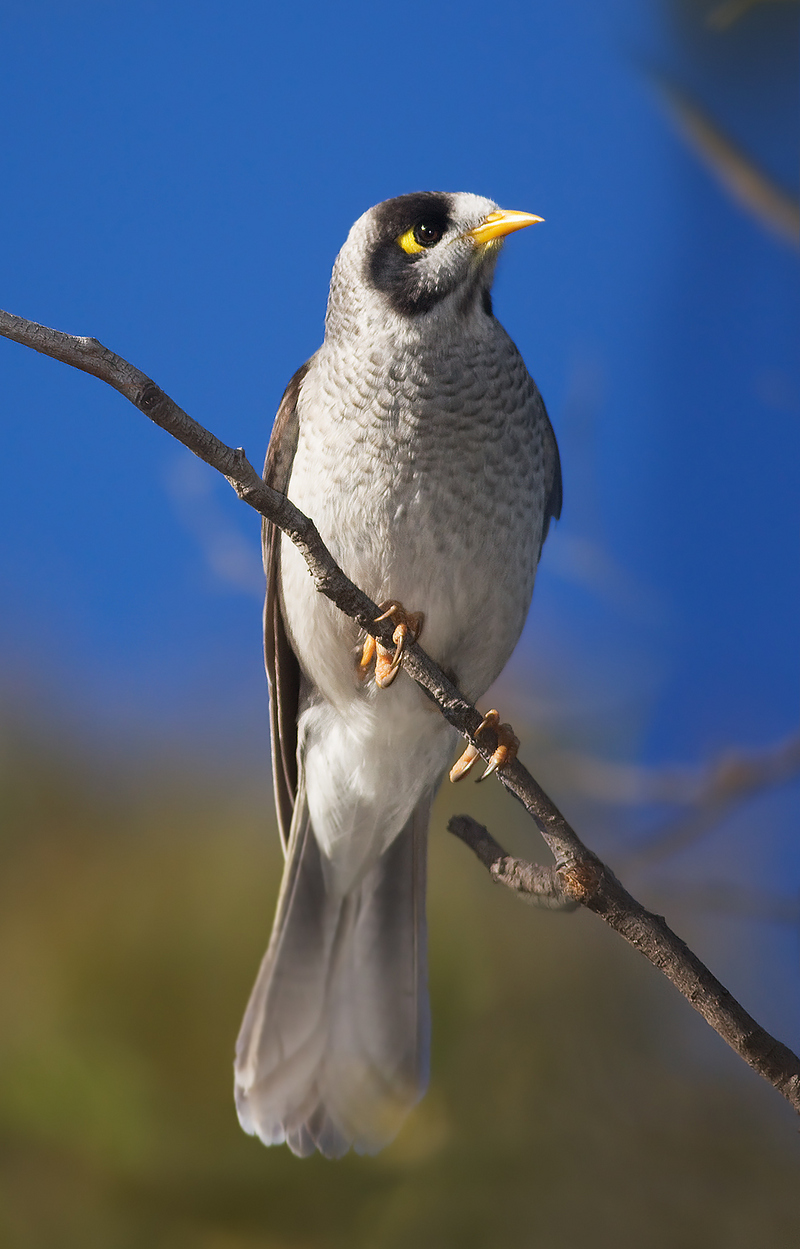|
| Query: bird | Result: 4693rd of 32675 | |
Noisy miner (Manorina melanocephala)
| Subject: | Noisy miner (Manorina melanocephala)
| | Poster: | Wiki Photos (---@---.---)
| |

| Resolution: 1088x1698
File Size: 620249 Bytes
Date: 2008:01:13 03:51:34
Camera: Canon EOS 450D (Canon)
F number: f/5.6
Exposure: 1/1600 sec
Focal Length: 400/1
Upload Date: 2017:01:20 12:11:34
|
Description Manorina melanocephala subspecies leachii, Austin's Ferry, Tasmania, Australia
Date 13 January 2008, 03:51:34
Source Own work
Author JJ Harrison (jjharrison89@facebook.com) https://commons.wikimedia.org/wiki/User:JJ_Harrison
Source: https://commons.wikimedia.org/wiki/File:Manorina_melanocephala_AF.jpg
The noisy miner (Manorina melanocephala) is a bird in the honeyeater family, Meliphagidae, and is endemic to eastern and south-eastern Australia. This miner is a grey bird, with a black head, orange-yellow beak and feet, a distinctive yellow patch behind the eye and white tips on the tail feathers. The Tasmanian race has a more intense yellow panel in the wing, and a broader white tip to the tail. As the common name suggests, the noisy miner is a vocal species with a large range of songs, calls, scoldings and alarms, and almost constant vocalizations particularly from young birds. Order: Passeriformes, Family: Meliphagidae, Synonyms: Gracula melanocephala Latham, 1801. |
^o^
Animal Pictures Archive for smart phones
^o^
|
|

